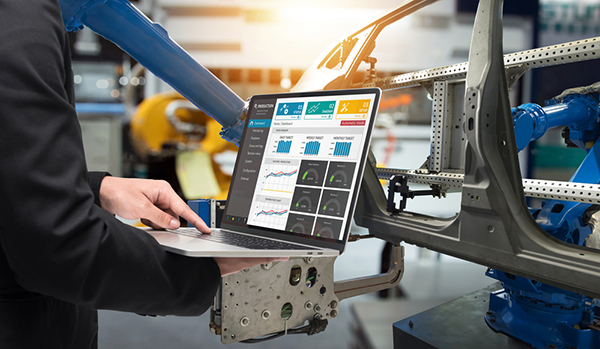3 Big Barriers to IIoT Integration

From monitoring air quality in "smart cities" like Chicago and New York City to tracking health data in real time on smart watches, the Internet of Things (IoT) is everywhere.
IoT applications look promising for the manufacturing industry as well: European aircraft manufacturer Airbus is developing Industrial Internet of Things (IIoT) technologies to provide valuable air passenger capabilities, such as knowing which seat belts are buckled and booking overhead storage space in advance.
The benefits of the IIoT seem limitless. So why is the supply chain still struggling to take full advantage?
1. Security. As cyberattacks grow more common, IIoT technology looks like the next attractive feeding ground for hackers. Because IIoT applications are built on many sensor nodes, the threat level increases drastically, whether it involves injecting bad data into the system or extracting data. Cybersecurity may require companies to integrate new practices and more advanced cyber-threat protection into their network to guarantee maximum security.
2. Reliability. With any new technology comes the question of reliability. Companies transitioning to IIoT are expected to have backup solutions, because technological failure could impact the entire supply chain and lead to irrevocable damages.
Industrial companies, therefore, need to clearly define the goals and boundaries of their IIoT projects. Based on each company’s operational requirements and technological capabilities, IIoT solutions and tools must be well defined and executed.
3. Scalability. IIoT systems need to be adaptive and scalable enough to provide tailored solutions to multiple industries. From a technical standpoint, IIoT solutions need to integrate with existing solutions through software or ad-hoc functionality. Functionality is typically achieved by using vendor-defined black boxes or by designing custom end-to-end solutions.
Although vendor-defined black boxes can be implemented rapidly, acquiring and analyzing their data is difficult. Custom solutions provide easy access to data, but their proprietary nature means the system itself becomes a black box. In this configuration, black-box systems need to communicate properly, which is a challenge for the engineers developing custom solutions.
When upgrading systems or implementing new processes, companies and IIoT solution providers should work together to develop a solid strategy to avoid these security, reliability, and scalability pitfalls.
